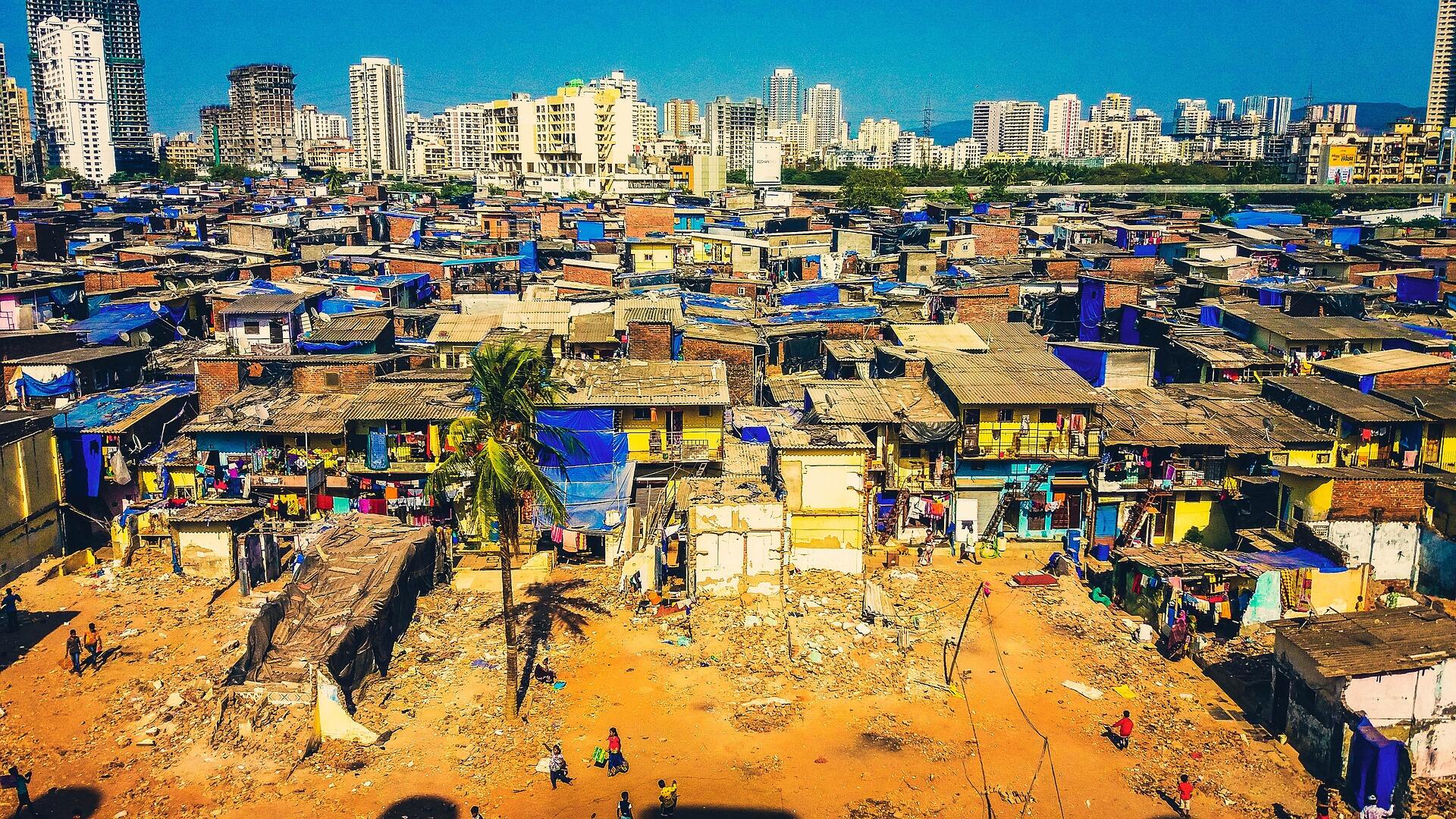This nomadic tribe herds yaks, sheep, and horses against the stunning backdrop of this cold desert plateau.
The high-altitude plains of Rupshu Valley, in the eastern reaches of India’s Ladakh region, are home to the Changpa, a nomadic pastoralist tribe. For generations, they have lived in complete harmony with their land—a cold desert plateau too inhospitable for farming and which remains under a thick blanket of snow for seven months a year. The Changpas rear yaks, sheep, and horses migrating four times a year from one meadow to another with their animals, using them to produce cheese and milk. For centuries, the Changpas had preferred to live a self-sustained, secluded life, but they are slowly getting accustomed to the ways of the outside world, and visitors to Ladakh can now experience a close glimpse of their unique lifestyle and customs.
Rupshu Valley is also home to a few brackish lakes, the most important of which are Tso Moriri and Pangong Tso, two mesmerizingly beautiful, high grassland lakes that preserve exotic flora and fauna.




